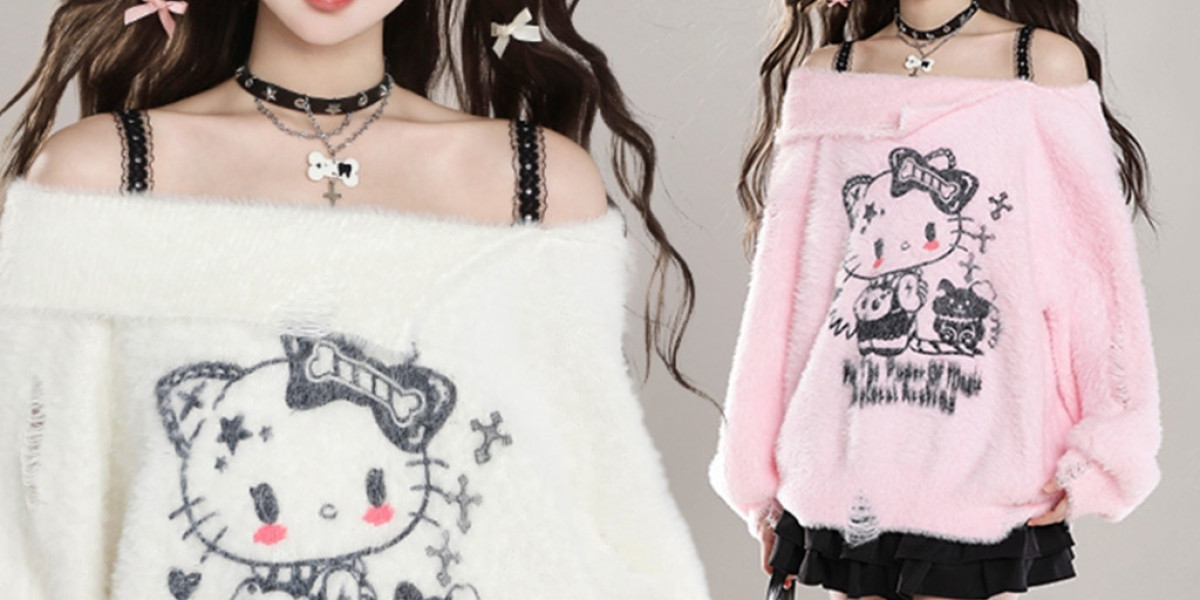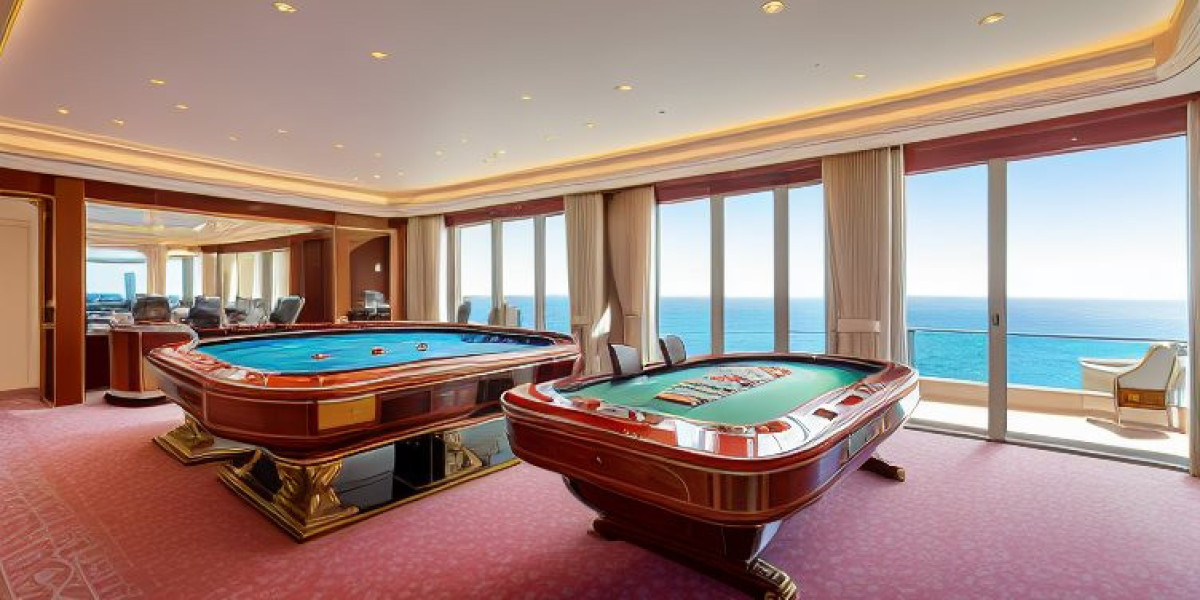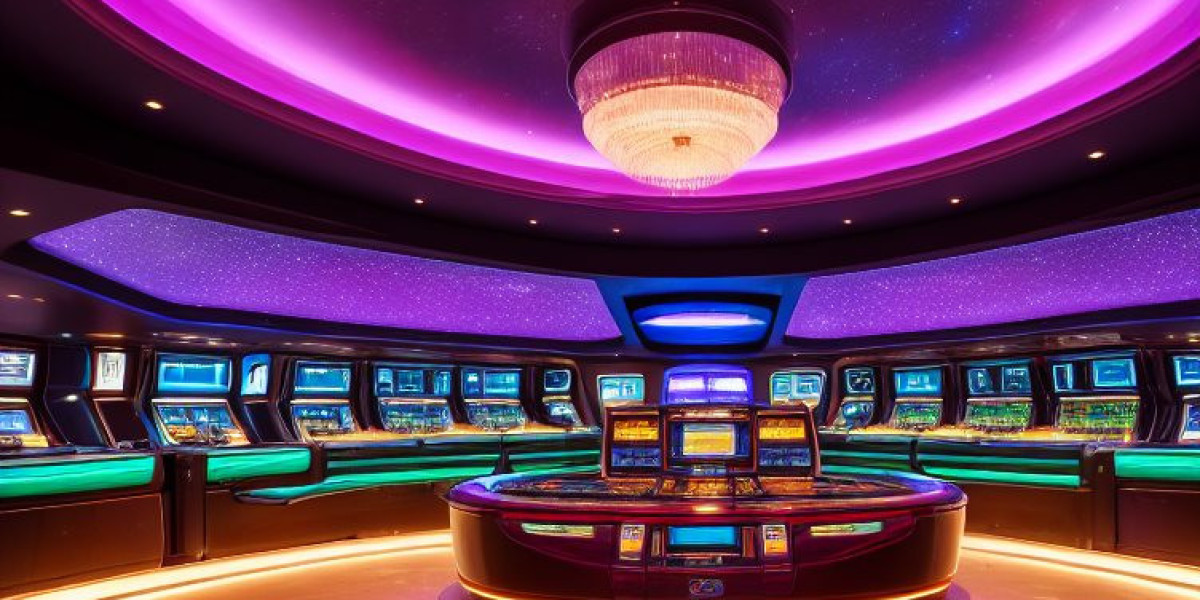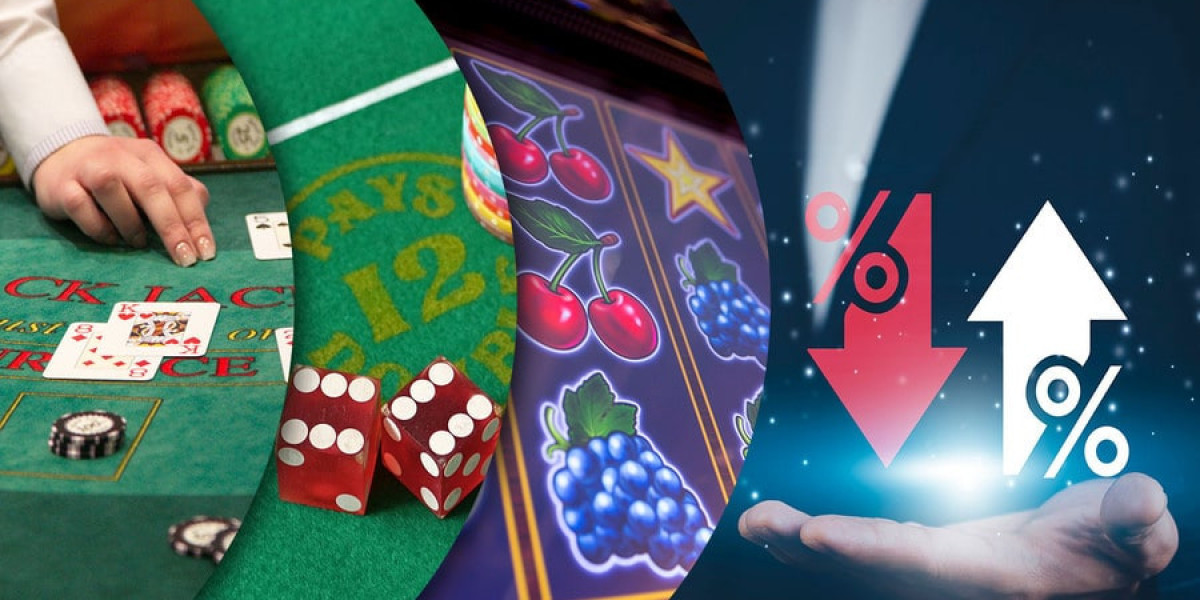Intro
The idea of kawaii, indicating "adorable" or "cute" in Japanese, has actually obtained appeal worldwide recently, particularly in the realm of fashion. Kawaii outfits, characterized by pastel shades, wacky patterns, and whimsical accessories, are cherished by people of all ages and sexes. This article aims to explore the effect of kawaii outfits on social assumptions and self-expression.
Cultural Significance of Kawaii
In Japan, the kawaii society has deep origins, dating back to the 1970s with the appearance of personalities like Hello kitty kawaii outfit aqw and My Tune. These iconic numbers led the means for a brand-new aesthetic that stressed virtue, playfulness, and sweetness. Kawaii fashion quickly came to be a staple in Japanese road style, influencing developers and customers all over the world.
The appeal of kawaii outfits lies in their ability to stimulate feelings of joy and fond memories. Using soft colors, anime prints, and plush toys develops a sense of avoidance and whimsy, delivering individuals into a world of dream and creativity. In a society that usually values consistency and performance, kawaii fashion uses a revitalizing break from the mundane and average.
Social Perceptions of Kawaii Clothes
Regardless of its growing popularity, kawaii fashion is typically misconstrued and stigmatized by conventional society. Doubters argue that kawaii clothing infantilize individuals, representing them as childlike and premature. Furthermore, some view kawaii style as superficial and unimportant, rejecting it as a passing trend sustained by consumerism.
Nonetheless, research suggests that individuals that wear kawaii outfits are perceived in a different way than those who do not. A research performed by Matsuno and Komori (2018) discovered that women that clothed in kawaii style were viewed as even more friendly, pleasant, and fun-loving compared to their peers. These findings recommend that kawaii attire can offer as a social cue, signaling a easy going and lively character to others.
In addition, kawaii fashion has actually been embraced by marginalized groups, such as the LGBTQ+ community and people with handicaps, as a type of self-expression and empowerment. By testing conventional sex standards and societal expectations, kawaii outfits allow individuals to accept their unique identifications and celebrate their distinctions.
Self-Expression through Kawaii Clothes
Kawaii fashion is greater than just a style choice; it is a kind of self-expression and communication. By curating kawaii clothing, individuals can express their character, passions, and feelings in a visually fascinating method. Whether it's through wacky devices, declaration pieces, or vibrant colors, kawaii fashion enables individuals to showcase their creativity and individuality.
Furthermore, putting on kawaii attire can have a positive effect on one's psychological health and wellness and health. Studies have revealed that participating in tasks that evoke positive emotions, such as wearing kawaii style, can improve mood, reduce stress, and rise feelings of joy and satisfaction. In this sense, kawaii attire function as a form of self-care and self-expression, allowing individuals to prioritize their psychological and psychological wellness.
Final thought.
To conclude, kawaii attire have the power to facilitate and shape social understandings self-expression in unique and purposeful means. By accepting the kawaii visual, individuals can challenge societal standards, celebrate variety, and express themselves authentically and creatively. As the kawaii society remains to thrive and advance, it is vital to recognize and value its importance in cultivating individuality, positivity, and joy in today's culture.









